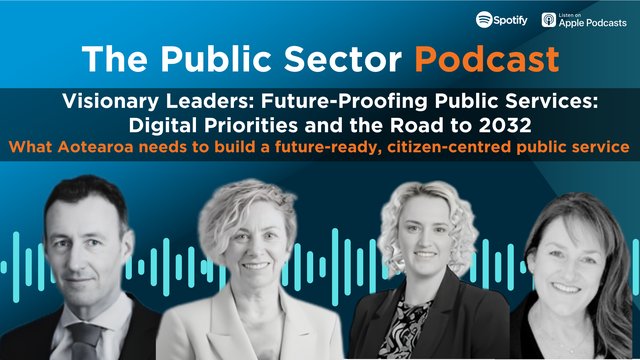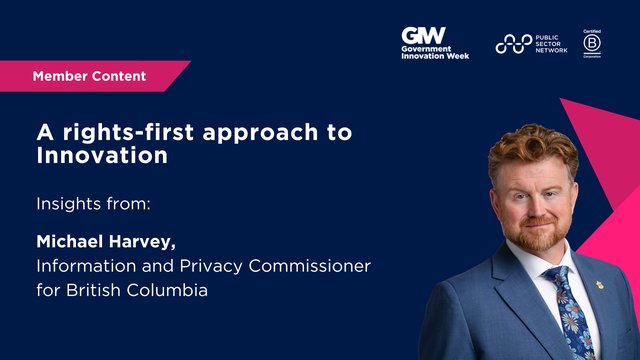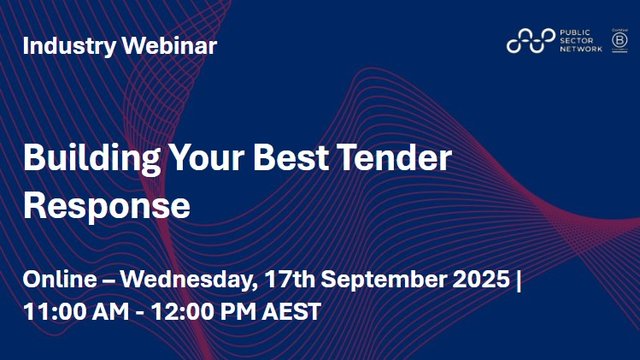

Responding to a Changing Landscape
Every government or government service agency, whether they are municipal, provincial or federal, needs to think about the services they provide, how they provide them, and why. To a large extent, these are the basic principles of being a service provider. As such, Alex MacLennan, the Chief Technology Officer and Assistant Deputy Minister of Enterprise Services at the Office of the Chief Information Officer within the Government of British Columbia, says that operational excellence is as much as anything, a philosophy and a mind-set. In simple terms, it is about bringing value to the customer. However, like so many simple concepts, putting them into practice is where the complexities lie, and in government in particular, there are also many other competing considerations.
The fact is that citizens expectations are changing, but this has been true for a long time. For instance, there used to be a time when a phone was just a phone, and when we didn’t know when our taxi would arrive. The services that were used then were designed for that time. Now, those same services appear in a way we never would have imagined them. So in truth, it is not just about changing expectations, it is about a whole range of deeply interconnected challenges, particularly in government. Things like climate change, mental health, housing and poverty, and of course technology. To some extent, there’s an unprecedented velocity of change, but also an aspect of change fatigue. So the real question is how as leaders, do we respond?
Responding to change is not necessarily difficult, but it requires two somewhat courageous and competing features: a willingness to actually change, and trust. For instance, people’s willingness to follow public health guidance is related to their trust in public institutions. In fact, across all forms of government, there is a strong causal relationship between citizens and satisfaction, employee engagement and trust in public institutions. What that really means is that for things like service delivery, experience, client touchpoints and so many other factors, there is a series of interconnected layers or building blocks. Some people separate out some of these factors and work on some but not others, but in reality, they all matter, and the experience of a citizen or a client is actually influenced by every layer of this architecture, not by one individual factor. This extends to things like the design and positioning of a front counter, as well as to how a client is greeted and how a service is provided. Everything contributes to the overall experience, and everyone in government is participating in, and has influence over, the design and delivery of services to the public. It’s just that we don’t always realize it.
Four Essential Focus Areas for Excellence
To be as operationally excellent as possible, there are broadly four areas to focus on. These have not been scientifically tested and maybe there are more, but at the very least, these four are a good place to start.
The first is Mission – In our modern world, every organization, no matter their industry or size, has a mission. But how often do we reflect on why? The mission might be something that everyone broadly agrees with, yet everyone also may interpret it differently. For instance, what if one believes the mission is to create the highest quality outcome, while another believes the mission is a quick resolution. The result is at best, discombobulating and fractured. What the mission really requires is a clear and shared vision for a future state with clear priorities. Sometimes that also means being clear about what doesn’t matter, because if we’re not saying no to something, we’re not really prioritizing.
This leads to the second, which is Performance Focus – Of course performance is part of everyday business, but how is performance measured, because often when things get tough or busy, measurement can be one of the first things that falls by the wayside. The problem for many however is that too often, perfect can become the enemy of good. People often don’t want to measure something if they know that the results will be less than satisfactory, or they don’t want the stats to show dips in performance. Fear is part of human nature and people are scared of seeing the data tell a story that’s uncomfortable. It might bring our decisions, our confidence and even our reputation into question. The only antidote to that is to create a culture of value, where data is seen as a source for learning, not punishment, and where the giving and receiving of feedback is seen as a gift. So start with gratitude.
The third element is Service Focus – The services that every organization provides are different and always will be, but they all matter. In government alone, some are services that the public want, and others are very much the opposite, like compliance and tax. Yet for them to be accepted and trusted by the public, they need to have elements of the following features, each of which is about service expectations:
- Right outcomes – This is about delivering the benefit, enabling the experience, or generating the compliance that customers want or expect.
- Seamlessness – The experience needs to have a logical flow that people can easily navigate with very little assistance.
- Predictability – People don’t like surprises, but they especially don’t like surprises in their service experience.
- Transparency – Research has shown that people who know how long they have to wait will be more satisfied with the amount of time they are waiting, than people who don’t.
- Appropriate friction – In a government context not all services need to be frictionless. In fact, being frictionless can be a detriment. For highly sensitive or personal information, some minimal level of friction shows that the process is actually secure. But it has to be appropriate to the experience.
To be able to achieve all of these elements, the key is to always start with the fact that when we’re delivering a service, we’re here to serve people. This means we need to consider the entire experience, know what success looks like, and iterate and improve as we go. It may also mean involving the customers from the outset, and where appropriate, it could mean inviting them into co-design with us.
The final element is People – Every element of operational excellence is of course about providing the best outcomes to people, who are the citizens, the clients, the customers, but also the critics, the employees, the decision makers and the designers. This is so much the case that increasing employee engagement has a measurable impact on citizen satisfaction, which has a direct impact on the public’s trust. To get there, for the employees, there are thousands of different models, but in general, all of them focus on connection and belonging, impact, personal and professional growth, some level of autonomy, and some level of meaning or purpose.
Essentially it comes down to culture, which in simple terms, is the sum total of all the things we say and do that actually results and impacts the experience of the people that we serve. To a large extent therefore, having and delivering a culture that truly engages employees is the single most critical thing you will do to achieve operational excellence. Of course culture is but one aspect of an engaged team and not even always a tangible element, but it is critical. And culture is also about empowerment. Moreover, the culture needs to be constantly changing to keep up not only with the expectations of citizens, but of our employees as well.
The one critical thing to keep in mind when talking about empowerment is that it’s not about delegating tasks; it’s about giving people ownership of the outcomes. For many leaders, that is not easy and requires a leap of faith. It’s about believing in, and trusting people to do what they were empowered to do, even if that means giving away control. However, it is not done without planning and in fact, it shouldn’t be left to chance. It’s about demonstrating trust and making it safe to fail. If the right circumstances are in place for all of these factors, then success will come, especially if we put the focus on our people and strive every day for true operational excellence.
Featured Speaker:
- Alex MacLennan, Chief Technology Officer and Assistant Deputy Minister, Enterprise Services, Office of the Chief Information Officer, Government of British Columbia
Alex will be speaking at our upcoming Digital Government & CX Roadshow this fall! Check out the event website for more information: https://publicsectornetwork.com/event/digital-government-and-cx-roadshow-canada/



































